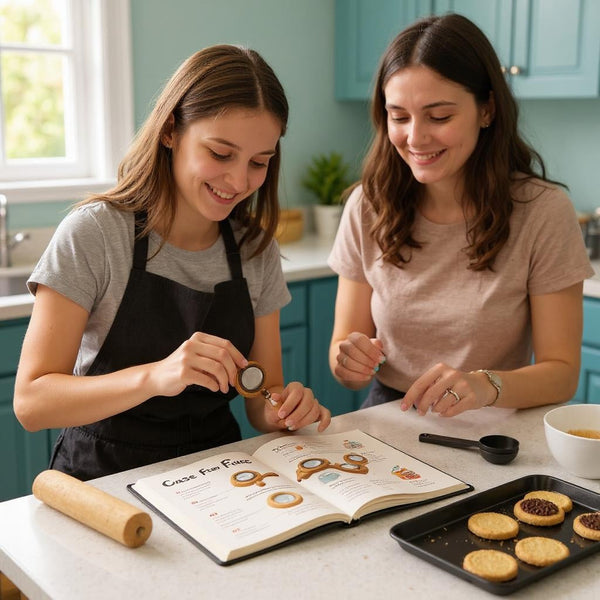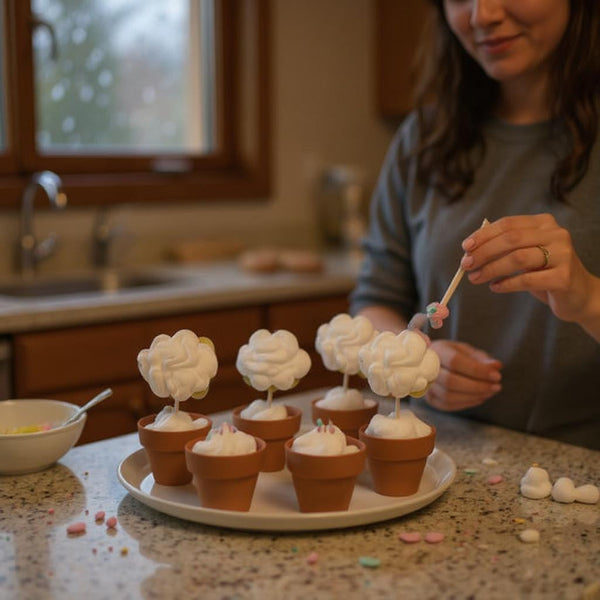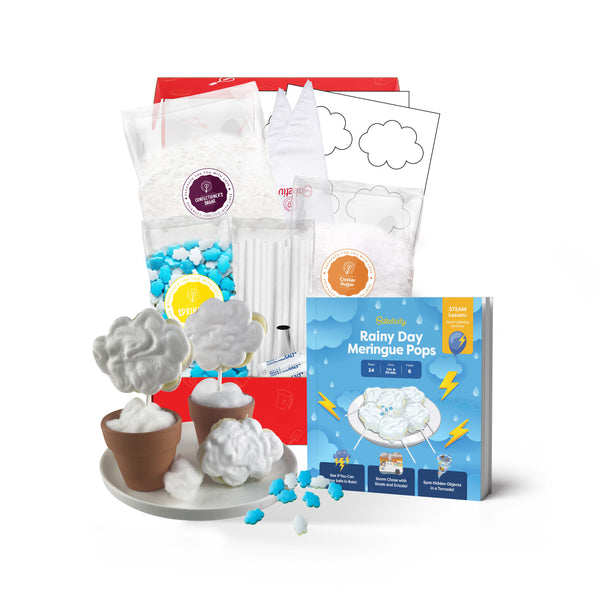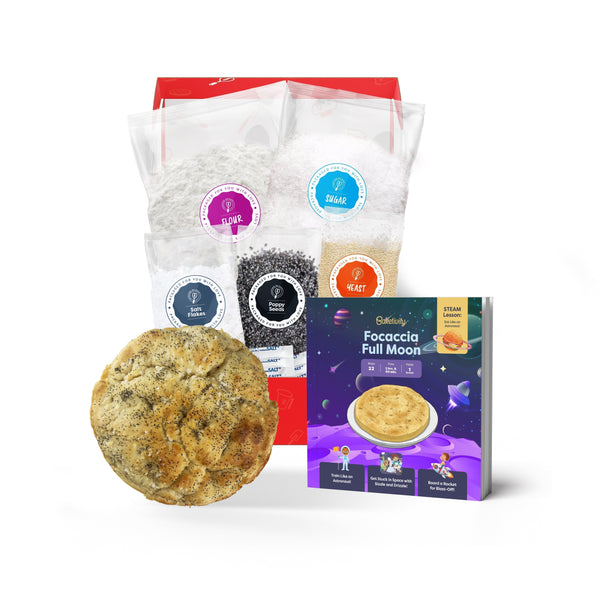Frequently asked questions
What do you put in a kids pretzel baking kit?
No recipe card or pre-measured ingredients that are placed inside any of our baking kit call for or include nuts of any kind. But some of these ingredients have been produced in a facility that also processes nuts, soy, sesame seeds, and gluten. So it's very possible that trace amounts of these potential allergens may be found in some of our baking kit ingredients.
Why should I use a pretzel baking kit?
No recipe card or pre-measured ingredients that are placed inside any of our baking kit call for or include nuts of any kind. But some of these ingredients have been produced in a facility that also processes nuts, soy, sesame seeds, and gluten. So it's very possible that trace amounts of these potential allergens may be found in some of our baking kit ingredients.
Are your pretzel baking kits kosher?
No recipe card or pre-measured ingredients that are placed inside any of our baking kit call for or include nuts of any kind. But some of these ingredients have been produced in a facility that also processes nuts, soy, sesame seeds, and gluten. So it's very possible that trace amounts of these potential allergens may be found in some of our baking kit ingredients.
Do your pretzel baking kits include nuts?
No recipe card or pre-measured ingredients that are placed inside any of our baking kit call for or include nuts of any kind. But some of these ingredients have been produced in a facility that also processes nuts, soy, sesame seeds, and gluten. So it's very possible that trace amounts of these potential allergens may be found in some of our baking kit ingredients.
What equipment do I need for a pretzel baking kit?
No recipe card or pre-measured ingredients that are placed inside any of our baking kit call for or include nuts of any kind. But some of these ingredients have been produced in a facility that also processes nuts, soy, sesame seeds, and gluten. So it's very possible that trace amounts of these potential allergens may be found in some of our baking kit ingredients.
Can I send a pretzel baking kit as a gift?
No recipe card or pre-measured ingredients that are placed inside any of our baking kit call for or include nuts of any kind. But some of these ingredients have been produced in a facility that also processes nuts, soy, sesame seeds, and gluten. So it's very possible that trace amounts of these potential allergens may be found in some of our baking kit ingredients.
What age should a child start cooking?
No recipe card or pre-measured ingredients that are placed inside any of our baking kit call for or include nuts of any kind. But some of these ingredients have been produced in a facility that also processes nuts, soy, sesame seeds, and gluten. So it's very possible that trace amounts of these potential allergens may be found in some of our baking kit ingredients.

 Find more cool kits here!
Find more cool kits here!


